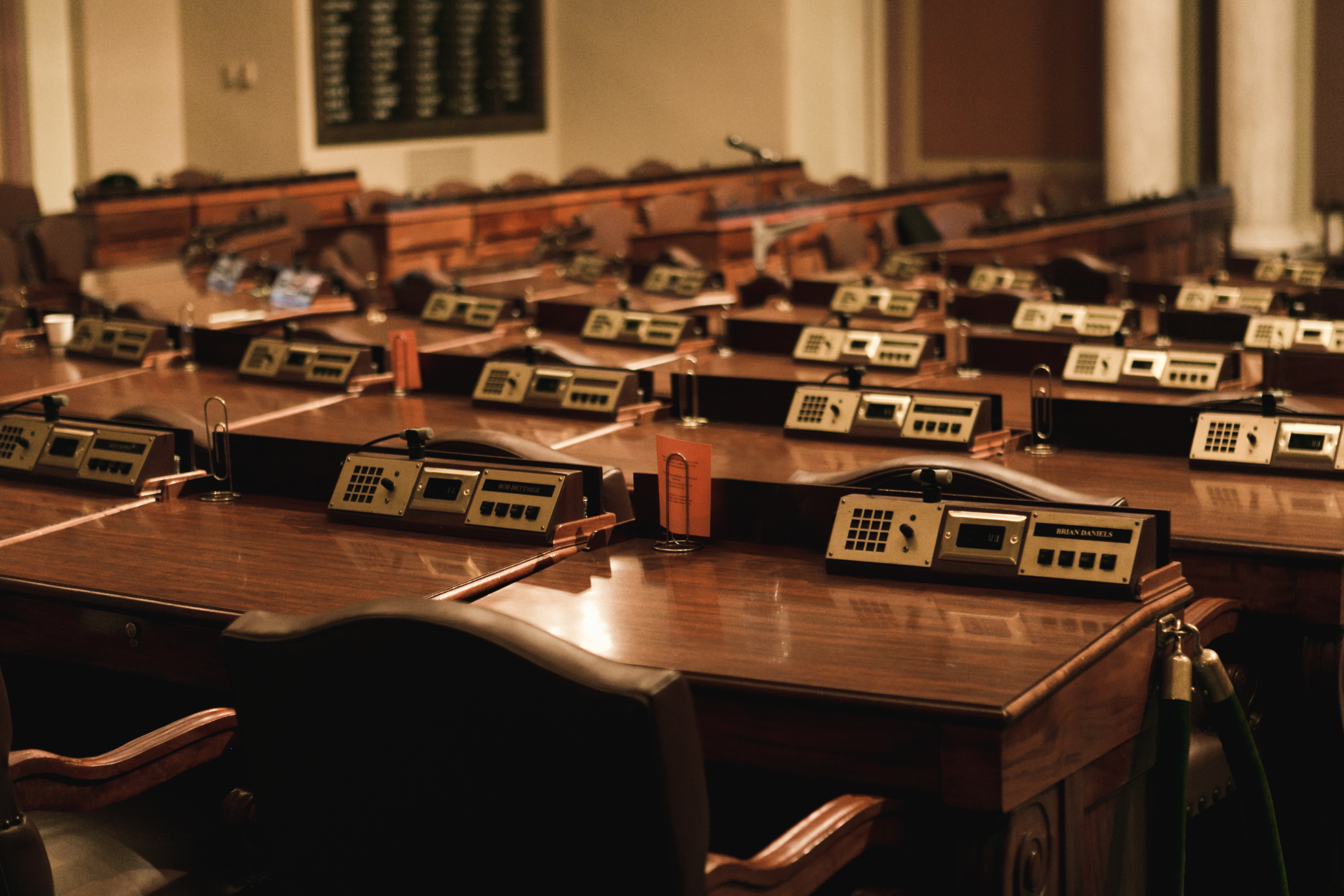The Minnesota Legislature on Tuesday made a successful test run with remote voting and the day’s session resulted in passage of a Work Comp bill. Several committees, including education, also met remotely last week to gather information on and to discuss additional COVID-19 related legislation.
The Work Comp bill ensures first responders and health care workers who are infected with the coronavirus qualify for workers compensation without having to prove they were sickened on the job.
The new rules will protect a wide range of emergency and health care workers, including police officers, firefighters, paramedics, emergency medical technicians, correctional officers, nurses, home health care workers, and people who provide child care for the kids of first responders and health care workers.
Education
The House Education committees also took testimony from several support staff who expressed angst about potentially losing their jobs this spring as districts scale back operations during distance learning.
Education Commissioner Mary Cathryn Ricker reminded those listening that the Governor’s Executive Order and MDE Guidance calls for keeping existing staff as funds are available. Almost two weeks ago, the Commissioner clarified that staff supported by fee revenues that don’t exist are not subject to this portion of the order.
Maintaining hourly staff has been the battle cry of the public employee union’s since the pandemic began.
- The House DFL has tried to respond with legislation that would require existing hourly staff to be paid their normally scheduled hours. The language doesn’t prohibit layoffs, but is meant to send a message to district officials.
- The Senate GOP has resisted the proposal thus far. Each week that goes by makes this legislation less moot as we get closer to the end of the regular school year when many staff contracts are set to expire.
The House and Senate are in agreement on providing authority to the Commissioner to send several education revenues already forecasted in the current fiscal year to school districts even though schools won’t generate these revenues due to distance learning. The aids in question are: special education transportation, career and technical education, inter-district desegregation aid and adult basic education aid.
A major problem to securing these education revenues is that the state budget is in shambles. Every time Minnesota Management & Budget presents budget information to the legislature showing a massive deficit is growing makes it more difficult to convince them to spend dollars they know they don’t have.
Ideally, the legislature would pass the legislation shoring up the education revenues noted about, but we’ll be surprised if that happens when they return to floor action on April 14.
Funding
The Senate COVID-19 Response Working Group, comprised of the Senate’s leadership, continued to meet each day and heard from a variety of testifiers.
On April 5, the members heard from Myron Frans the Commissioner of Minnesota Management and Budget (MMB), and Dr. Laura Kalambokidis the head of Economic Analysis at MMB, regarding the current and future state of the Minnesota budget.
Based on the U.S. outlook, both Commissioner Frans and Dr. Kalambokidis expect Minnesota’s April report to be materially marked down from the February forecast.
When senators asked for a timeline on a new forecast of state revenue, Commissioner Frans avoided any citing any specific dates, explaining that he wants enough information to make it worthwhile.
The House Ways and Means Committee will hear from MMB Commissioner Frans on Monday at 2:45 pm.
Federal Relief
How we rebuild after the pandemic remains to be seen. Further guidance and details regarding the federal education relief coming through the Coronavirus Aid, Relief, and Economic Security (CARES) Act is still needed.
- Minnesota is slated to receive $140 million in CARES funding.
- 90 percent of that must flow directly through to schools.
- The Minnesota Department of Education is allowed to retain 10 percent of the funds.
- With the bulk of the federal funds based on previous Title I allocations, there will be wide variations in the distribution of aid among school districts, with many districts receiving very little assistance.
Another pot of revenue, the “Governor’s Emergency Education” funding that passed through Congress will result in $40 million coming to Minnesota. It’s possible that the federal funds could be used to supplement existing state aid that goes to schools, so the federal money could end up being a wash.
………………………………
Stay Connected
Stay apprised of resources and news on COVID-19 for schools at: MREAvoice.org/covid19




